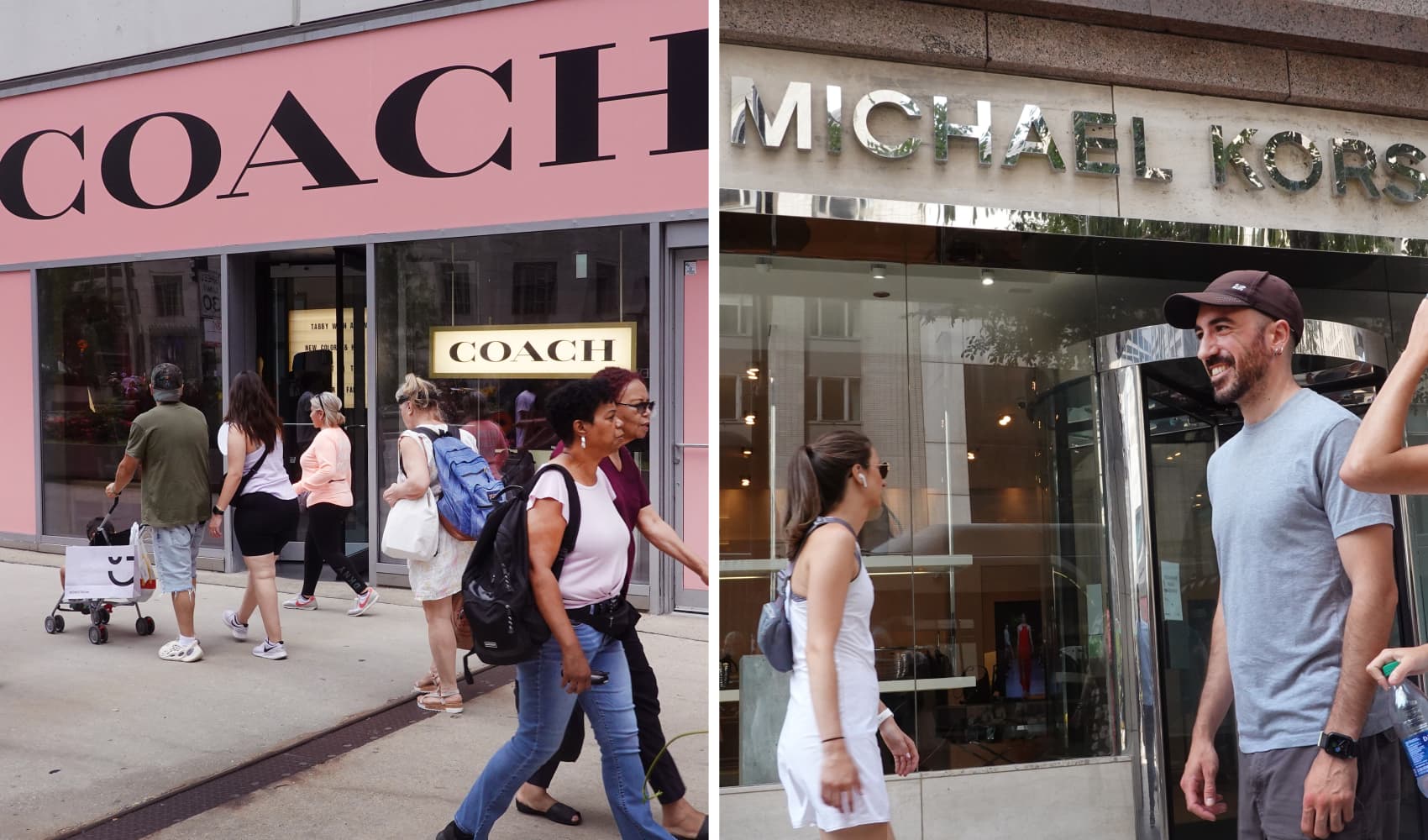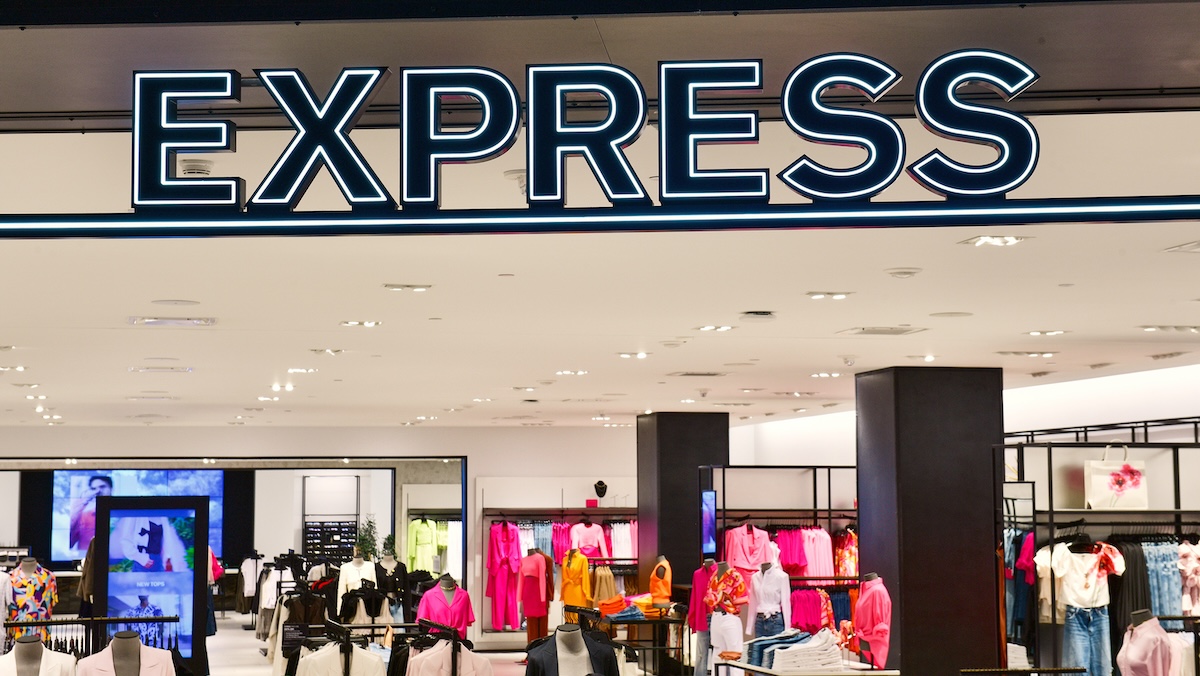It seems like everyone and their kid's mother has a loyalty card. I feel like every time I go to a store I haven't been at in a long, long while, they try to entice me to join their rewards program. So, if you're anything like me, here's a bit of trivia: Drug retailer Walgreen's won't officially have one until Sept. 16. Mid-August marked when its employees could enroll, and Sept. 6 through 15 customers can enroll online and vie for 10-million-point giveaway.
There are a lot of questions circling around why Walgreen's is doing this, though I think the biggest one is about its timing -- especially when competitors CVS and Rite Aid reportedly have millions already banked in their loyalty programs. To find out, I gave Walgreens Divisional Vice President of Loyalty and Insights Adam Holyk a call.
So, I guess just to start off, why now?
Adam Holyk: Well, I think from our perspective there has been a long history of us having a lot of customer focus in how we've developed our store network and you saw an early foray with register rewards into the rewards space. I think given where we're going to increase our customer focus in our well-experienced stores, we thought this would be a great complement.
How long have you been this planning this particular approach?
Adam Holyk: We actually started it at pilot in three markets. That was probably about two years ago, and then really began in earnest 12 months ago taking the learnings from those pilot markets as well as experience that we've had personally and learned from competitive programs around the world and really finalized the program design which led to extensive technology builds, marketing preparation and store operations for out-push.
What markets did you test it out in?
Business
Adam Holyk: We were in pilot in Richmond, Virginia, Kansas City and in Portland, Oregon.
What made you choose those three markets?
Adam Holyk: They were chosen [for] a couple reasons. One is their geographic isolation so that we were able to manage the customer experience with adjoining markets, as well as a data perspective, we wanted to select markets we thought would be representative of the broader US population.
Since nearly every store seems to have a rewards program nowadays, what's one aspect of yours that you think might be more unsung?
Adam Holyk: Well, I think that one of the big areas that won't be probably obvious, it actually will just happen in the experience is our focus on really trying to make a frictionless program that's simple and easy to use. One of the big advantages is tied to a -- we actually just completed a implementation and replacement of all of our point-of-sale technology, and we will have a big focus on everything being simple, instant, electronic and multi-channel. The enrollment process will be all electronic at the point of sale. No paper enrollments. The earning of points will happen online in-store, and the redemption of the points will also be online and in-store and happen instantly.
I'm certainly not asking you to name names, but when you were putting your eye towards doing this, were there mistakes other brands made that you wanted to be sure not to duplicate?
Adam Holyk: I think we were really focused on building a reward program. I would say that when we looked at other programs in the space, specifically in the US, that there's a heavy leaning towards discounts. Short-term discounts. Whereby people spend and they get coupons. I think if we look to Europe and, naming names, looking at programs like Alliance Boots, that we have taken an interest in and programs in Canada, there's a heavier a focus on creating a currency that allows people to participate over the long run and ultimately be rewarded. We're trying to create a scenario where people can come in and if they're having a bad day, they can get their free lipstick or nail polish as a reward and pick-me-up.
I see also that you guys are implementing this in three phases and are about to enter the second phase. What was the thinking behind doing that as opposed to just introducing it everywhere all at once?
Adam Holyk: I think it really speaks to the strength of our online and mobile communities. We've been, at retail, one of the most highly downloaded and highest rated mobile apps, and we have a lot of success with our online channels. So those are heavily engaged consumers that we were looking to build equity with and wanted them to be the first to join.
I'd also add to the previous question around how we differentiate the program: The simplicity and ease will also extend to how you actually identify yourself as a loyalty member. You have your traditional key fob or card. You'll also have your phone number, but we'll also have 2D scanners that have been installed in-store and the ability to use your mobile phone, which would be similar to Starbucks and other programs that have gone that route.
In your pilot markets, what were some of the unexpected challenges that came up?
Adam Holyk: Absolutely. I think we were really able to understand where the pain points were in the process, both in the enrollment and in the earning. And those were all learnings that we've taken into account in how we actually updated the program design for launch.
Are there benchmarks you're hoping to hit in the next year with the program? Are you even able to talk about stuff like that?
Adam Holyk: We haven't publicly disclosed a target but I would say that if you look at key metrics for loyalty programs on participation and enrollment, we're definitely looking to the other established programs as aspirations.
And I think one additional point would be the connection that we talked about with the ease and simplicity of the program and technology. I think the third pillar is the connection to Walgreen's commitment around helping people staying and living well. That would include, from our program, earning points on prescriptions and immunizations.

David Wolinsky is a freelance writer and a lifelong Chicagoan. In addition to currently serving as an interviewer-writer for Adult Swim, he's also a comedy-writing instructor for Second City. He was the Chicago city editor for The Onion A.V. Club where he provided in-depth daily coverage of this city's bustling arts/entertainment scene for half a decade. When not playing video games for work he's thinking of dashing out to Chicago Diner, Pizano's, or Yummy Yummy. His first career aspirations were to be a game-show host.



